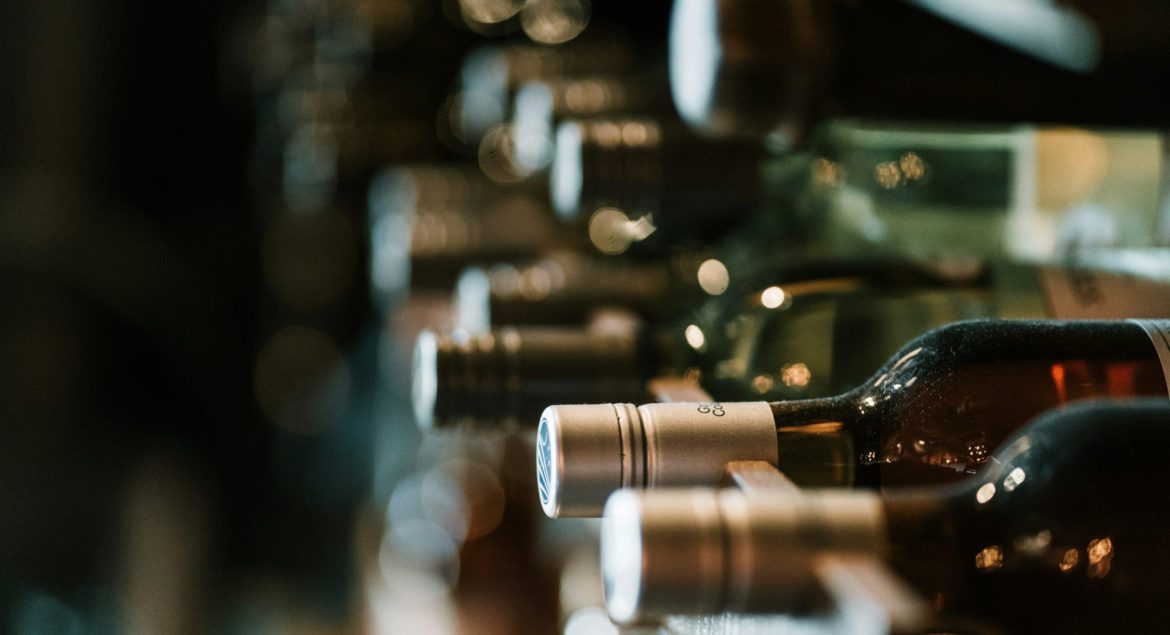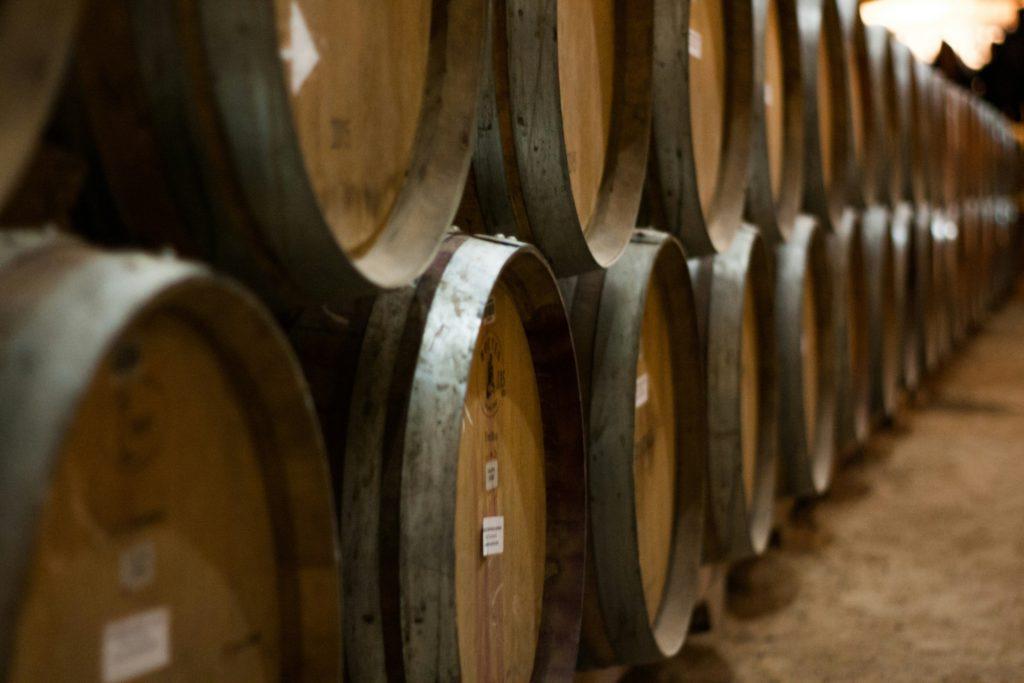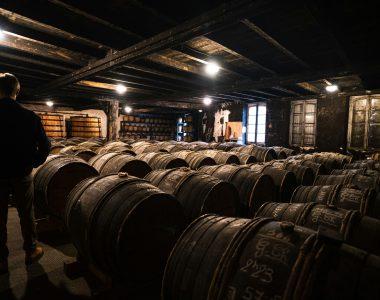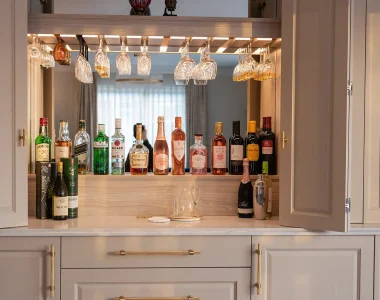
Wine Storage 101
Proper wine storage is essential for preserving the quality, flavor, and integrity of your wines, whether you’re a casual drinker or an avid collector. Incorrect storage can lead to spoilage, loss of flavor, and even the complete ruin of your cherished bottles. By understanding the key principles of wine storage, you can ensure that your wines age gracefully and remain enjoyable for years to come.

1. Temperature Control
Temperature is one of the most critical factors in wine storage. Wine is best stored at a consistent temperature, typically between 45°F (7°C) and 65°F (18°C), with the ideal temperature around 55°F (13°C). Fluctuations in temperature can cause the wine to expand and contract, which can lead to leakage, oxidation, and spoilage.
Tips for Temperature Control:
- Avoid storing wine in places with wide temperature variations, such as kitchens, garages, or near appliances.
- Invest in a wine refrigerator or cellar if you plan to store wine long-term.
- If using a regular refrigerator for short-term storage, set it to the appropriate wine storage temperature, not the colder settings used for food.
2. Humidity Levels
Proper humidity levels help to keep the cork moist, which is crucial for preventing it from drying out and letting air into the bottle. The ideal humidity level for wine storage is between 60% and 70%. Too much humidity can encourage mold growth, while too little can dry out the cork.
Tips for Maintaining Humidity:
- Use a hygrometer to monitor humidity levels in your wine storage area.
- If humidity is too low, consider using a humidifier.
- Avoid overly damp environments that might promote mold.
3. Light Exposure
UV light can degrade and prematurely age wine, causing it to develop off-flavors and aromas. This is why most wine bottles are made of colored glass, which offers some protection against light.
Tips for Light Protection:
- Store wine in a dark place away from direct sunlight and fluorescent lights.
- If you don’t have a dark storage area, consider covering your wine bottles with a cloth or storing them in opaque boxes.
4. Bottle Position
Wine bottles should generally be stored on their sides, especially those with cork closures. This position keeps the wine in contact with the cork, preventing it from drying out and shrinking, which could allow air to enter the bottle.
Tips for Proper Bottle Positioning:
- Invest in a wine rack that holds bottles horizontally.
- For bottles with screw caps or synthetic corks, horizontal storage is less critical but still recommended to maximize space.
5. Vibration Control
Excessive vibration can disturb the sediment in wine, disrupting the aging process and potentially causing chemical reactions that can affect flavor. It’s best to store wine in a location that is free from constant vibrations.
Tips for Minimizing Vibration:
- Avoid storing wine near household appliances that generate vibrations, such as washing machines or stereo systems.
- Use a wine cellar or refrigerator designed to minimize vibrations.
6. Air Quality
Odors from the storage environment can seep into the wine through the cork and affect its flavor. This is particularly a concern in areas with strong smells, such as kitchens, garages, or basements.
Tips for Maintaining Air Quality:
- Store wine away from strong odors, chemicals, and cleaning products.
- Ensure good ventilation in your wine storage area to prevent mold and stale air.
7. Consistency
Wine benefits from a stable environment. Consistent temperature, humidity, and minimal light exposure help wine age gracefully and develop complex flavors over time. Inconsistent conditions can cause wines to age prematurely or spoil.
Tips for Maintaining Consistency:
- Choose a storage spot that remains relatively stable throughout the year.
- Avoid frequent handling or moving of the bottles.
8. Short-Term vs. Long-Term Storage
The way you store wine can vary depending on whether you plan to consume it in the short term or age it for several years.
Short-Term Storage:
- For wines that you plan to drink within a few months, a wine rack in a cool, dark place can be sufficient.
- Keep the bottles on their sides and at a consistent temperature to maintain quality.
Long-Term Storage:
- For wines you intend to age for several years, a wine refrigerator or a dedicated wine cellar is ideal.
- Maintain precise control over temperature, humidity, light, and vibration.
9. Special Considerations for Different Types of Wine
Different types of wine may have specific storage needs. Here are some general guidelines:
Red Wine:
- Store at slightly higher temperatures within the 55°F to 65°F (13°C to 18°C) range.
- Ideal for aging, especially full-bodied reds like Cabernet Sauvignon and Bordeaux.
White Wine:
- Store at cooler temperatures within the 45°F to 55°F (7°C to 13°C) range.
- Typically consumed younger than red wines, though some whites, like Chardonnay, can benefit from aging.
Sparkling Wine:
- Store at cooler temperatures around 45°F to 50°F (7°C to 10°C).
- Best stored upright to keep the cork moist and prevent premature aging.
Fortified Wine:
- Store at slightly higher temperatures, similar to red wine.
- More resistant to oxidation, making them suitable for longer storage.




